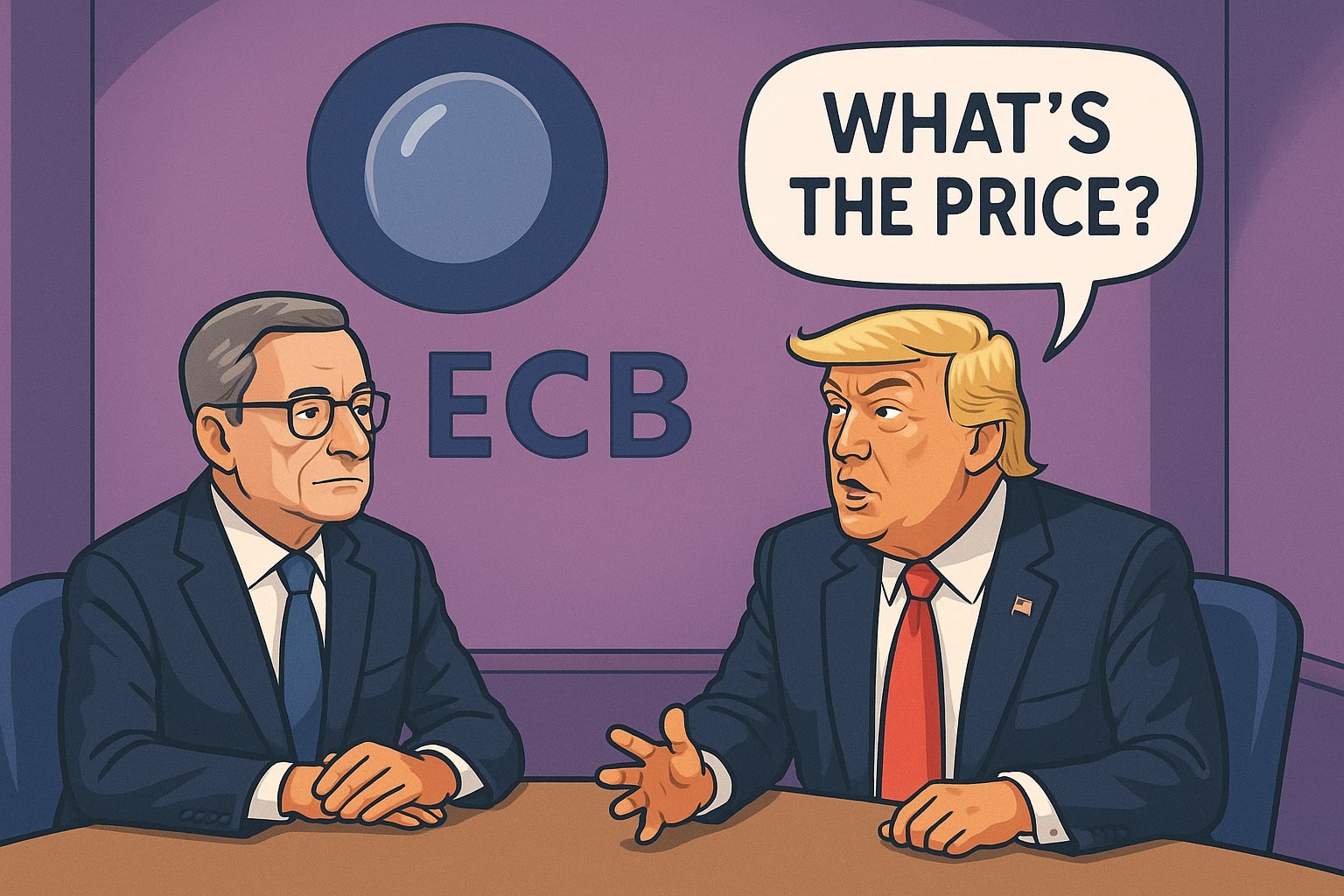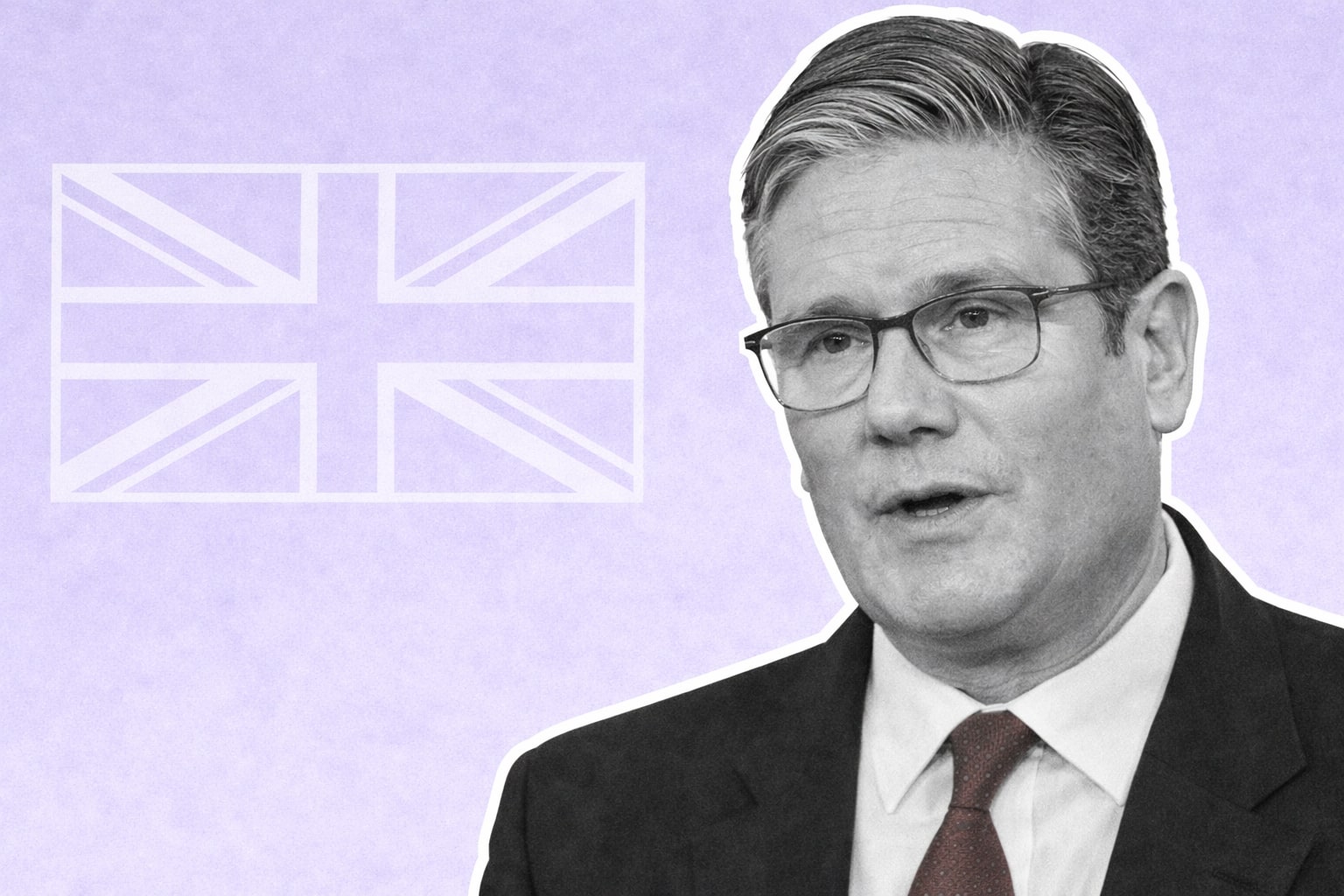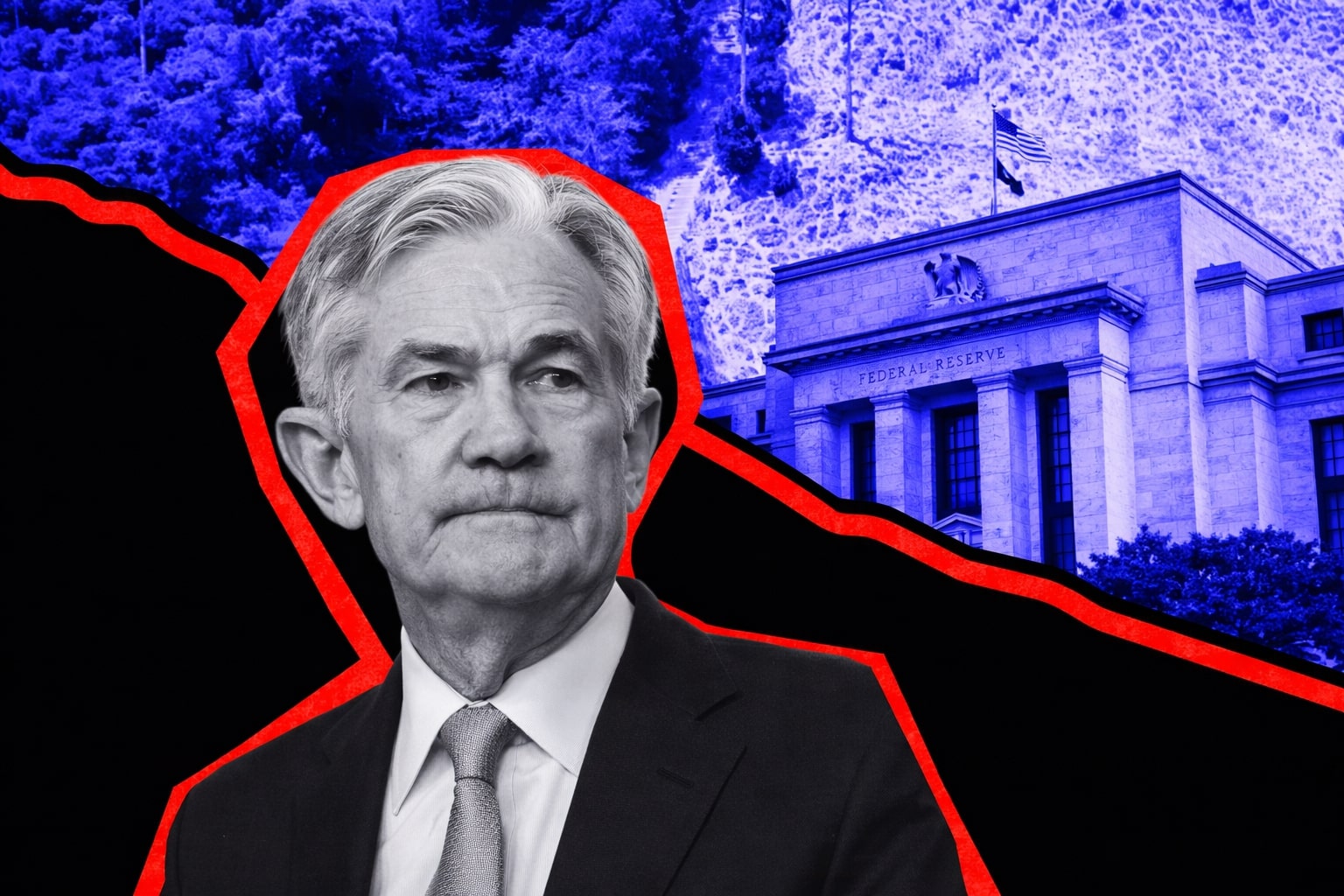EUR/USD Price Action: A Closer Look at Market Dynamics and Key Levels
The EUR/USD currency pair has seen significant fluctuations recently, driven by a mix of economic data, central bank actions, and broader market sentiment. Last week, the pair dropped again following a moderately bearish candlestick, following the previous week's bearish pin bar. This recent decline has raised concerns that we might be witnessing a major bearish reversal. However, it’s important to note that the long-term trend for EUR/USD remains bullish, as the pair has been trading in blue sky territory and tends to exhibit slow but reliable upward trends. This sets the stage for a possible correction or a new bullish breakout if certain price levels hold.
In particular, a key support level has emerged at $1.1265, and a break below this could signal a deeper pullback. On the flip side, if EUR/USD manages to rise above $1.1424, this could suggest that the current corrective move has ended, paving the way for a retest of the recent high at $1.1572.
EUR/USD Price Movements and Economic Data: Balancing Recession Fears and Bullish Sentiment
The global economic backdrop has been less than favorable, with US GDP data for the previous quarter showing a surprising 0.3% decline, a sharp contrast to the expected 0.2% growth. This unexpected contraction rattled the market, especially since the US Non-Farm Payrolls (NFP) report showed a better-than-expected 177,000 job additions, yet wages were relatively subdued, rising by only 0.2% month-over-month. This weaker-than-expected wage growth is particularly interesting as it suggests that inflationary pressures may be cooling down, potentially allowing the Federal Reserve to pause its tightening cycle.
For EUR/USD, these economic indicators signal a mixed outlook. On the one hand, weaker US economic performance might push the dollar lower, especially if the Fed responds by maintaining or cutting interest rates. On the other hand, a strong recovery in Europe, especially with the German Preliminary CPI showing a 0.4% increase month-on-month, could bolster the Euro against a weakened dollar.
Central Bank Policies and Market Reactions: The Fed vs. ECB
Next week, the focus will shift to the US Federal Reserve and European Central Bank (ECB) policy meetings. The Fed is widely expected to hold interest rates steady at 4.25–4.50%, with traders looking for clues about the central bank’s stance on inflation and the economy. Given the cooling inflation data, the Fed may lean towards a dovish stance, possibly delaying any further rate hikes in the near term.
In contrast, the European Central Bank (ECB) remains in a relatively stronger position, with inflation still being a concern, particularly in countries like Germany. The ECB’s actions will likely have a more direct impact on EUR/USD in the short term, with any indication of continued tightening likely to support the Euro. Should the ECB raise interest rates or maintain a hawkish tone, the Euro could see strong support against the dollar.
Key Support and Resistance Levels for EUR/USD in the Coming Weeks
Technical analysis suggests that EUR/USD is testing critical support levels. As of now, the support level at $1.1265 is holding, but a breakdown below this level could see the pair fall toward the next significant support at $1.1039, which corresponds to the 38.2% retracement of the rise from 0.9534 to 1.1572. The next important resistance level is seen at $1.1517, and a breakout above this could open the door for further upside, possibly retesting the 1.1572 high and beyond.
In the longer term, the trend suggests a potential bullish reversal, with a sustained break of the falling channel resistance (currently at around $1.1300) signaling that the downtrend from the 2008 high of $1.6039 might be over. If this scenario plays out, we could see the pair target $1.1916, which represents a 100% projection from the previous major move.
Risk Factors and Outlook for EUR/USD in the Near Term
Despite these bullish prospects, risks remain. The US dollar has shown some resilience, especially following the release of mixed US labor market data. Although the data didn’t indicate an immediate risk of a recession, concerns about a potential slowdown in the US economy continue to loom. With the Fed’s monetary policy expected to remain data-dependent, any unexpected changes in US economic data or tariff developments could lead to increased volatility in the EUR/USD pair.
Additionally, ongoing trade tensions between the US and China continue to weigh on market sentiment. While EUR/USD may benefit from a weaker dollar if trade tensions ease, a potential escalation could put downward pressure on the Euro as well, especially if European exports are affected.
In conclusion, EUR/USD remains in a volatile phase, with strong support at $1.1265 and potential resistance near $1.1424. The pair’s performance will depend heavily on the upcoming central bank meetings and economic data. Should the Eurozone continue to show strength relative to the US, the pair could see further upward momentum. However, any negative surprises from the US or geopolitical tensions could weigh on the Euro and lead to further downward corrections.
The long-term outlook remains bullish, but short-term traders may need to stay cautious and watch for key breakouts or breakdowns to guide their positions. Given the current conditions, the EUR/USD pair is poised to experience significant volatility, and careful attention to central bank policies and economic indicators will be crucial in determining its next move.



















